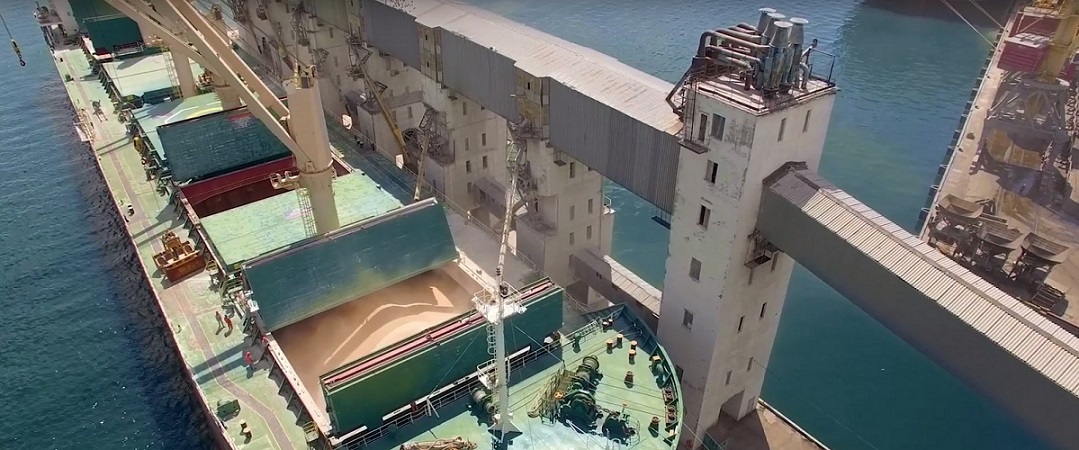Corn Exports on the Upswing From Brazil’s Northern Ports

Brazil’s “Northern Arc” of ports continue to increase their importance for Brazilian grain exports. Grain exports out of these northern ports have now exceeded grain exports from the Port of Santos for three years in a row. This northern movement of grain is increasing Brazil’s competitiveness in world markets.
The push to move grain north in Brazil started with legislation in 2013 that gave incentives for companies such as Cargill, Bunge, and Hidrovias do Brasil to construct private grain terminals at the northern ports.
Grain terminals constructed on the Tapajos and Madeira Rivers allowed grain to move via barge to ports on the Amazon River such as Itacoatiara, Santarem, and Barcarena. Ports on the north Atlantic coast such as Itaqui where Louis Dreyfus and Amaggi have terminals, also increased export capacities. The new law gave companies long-term contracts to operate grain terminals and an estimated R$ 39 billion has been invested in these new terminals since the law was enacted.
During the first half of 2023, 37% of Brazil’s corn exports were via the northern ports of Barcarena, Itaqui, Itacoatiara, and Santarem (4.3 million tons). During the same period, the Port of Santos was responsible for 24% of the corn exports (2.8 million tons). Eight years ago, the Port of Santos exported three times the volume of the four northern ports combined.
Transportation costs are lower if grain is moved through Brazil’s northern ports compared to ports in southern Brazil. In 2008, moving a ton of soybeans from Iowa to Shanghai cost 77% of the price of moving a ton of soybeans from Brazil’s northern ports to Shanghai. In 2023 that same ton of soybeans from Iowa to Shanghai cost 5% more than from northern Brazil.
In 2023, it is estimated that Brazil’s corn exports will surpass 50 million tons for the first time, putting Brazil ahead of U.S. corn exports. Brazil’s corn exports will continue to increase in the years ahead especially to China which opened its doors to Brazilian corn exports late last year.
Brazil has made slow and steady progress in its logistics by improving port capacities and efficiencies, completing the Nort-South Railroad, and improving Highway BR-163 between Mato Grosso and the Amazon River. The biggest logistical project currently in the works is building the Grain Railroad between northern Mato Grosso and the Amazon River, but construction on the railroad has not yet started and it will take 5-7 years to complete once construction starts.
An ongoing logistical concern in Brazil is the lack of grain storage space. While grain storage capacity has increased, it has not kept pace with production increases. It has been a bigger concern in 2023 with record large production and slow farmer selling.
Read also
Wheat in Southern Brazil Impacted by Dry Weather and Frosts
Oilseed Industry. Leaders and Strategies in the Times of a Great Change
Black Sea & Danube Region: Oilseed and Vegoil Markets Within Ongoing Transfor...
Serbia. The drought will cause extremely high losses for farmers this year
2023/24 Safrinha Corn in Brazil 91% Harvested
Write to us
Our manager will contact you soon



